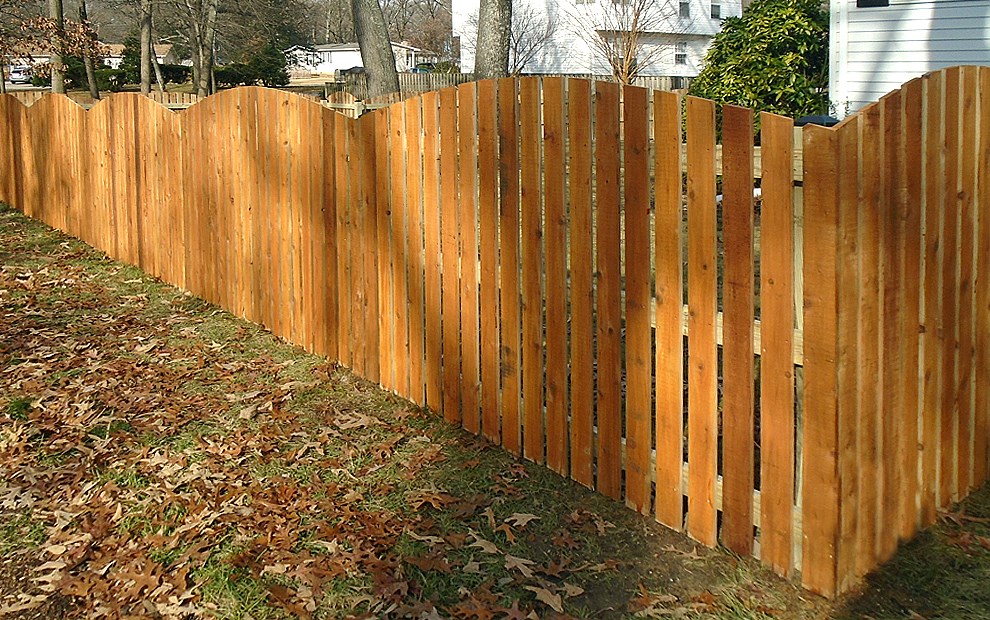
Many residents throughout the state of Maryland come to Fence & Deck Connection for the installation of pressure treated wood fences or decks. There’s many reasons why a pressure treated fence or deck is the material of choice for our customers — it’s a classic look that fits in with just about any landscape. Though our Anne Arundel County based fence company is proud to install these projects throughout the state, we unfortunately do not offer sanding or staining services. We can, however, offer you advice when it comes time to finishing your project.
Wood fences and decks do require annual maintenance, but with proper care, you can ensure your outdoor space stands the test of time. Treating the wood at regular intervals and carrying out minor repairs will help keep wood fencing looking new. We recommend re-staining wood decks every two to three years to keep your outdoor living space beautiful and protected.
Below, you’ll find 4 things to consider when putting the finishing touches on your new pressure treated fence or deck:

1. Check the Forecast
Wood stain won’t adhere well to damp wood and can crack and peel. Apply stain to dry wood when it hasn’t rained for several days and the forecast calls for at least two days of dry weather between 50° F and 90° F. Low to average humidity promotes faster drying. Staining in direct sunlight can also be a problem. The stain will dry too fast before the wood is able to absorb it.
2. Prep the Surface
The wood needs to be free of dirt and stains for the stain to adhere properly. Start by sanding splintered spots, wearing a safety mask to avoid inhaling the dust. Sweep the deck and use a putty knife to clean between the boards. Clean the wood by applying a deck cleaner. You could also use a pressure washer, but if you do, the wood will need two to three days to dry.
3. Use the Right Brushes
Synthetic brushes are ideal for working a water-based stain into the wood. Natural bristles, on the other hand, are hollow and can lose their rigidity, going limp as they absorb the water in the finish. Prefer a roller? Use one with a nap that’s ¼ inch or shorter. That lets you apply a thin layer of stain that adheres to wood without pooling.
4. Apply Thin Coats
If you’re using several gallons of stain for your project, first mix them together to be sure the color is consistent. Then use long, smooth strokes to stain two or three boards at once. Apply solid stains in thin coats and semitransparent stains or clear sealers in even thinner coats. This prevent puddles, which don’t soak into the wood and cause the stain to flake off when dry. Whatever type of stain you use, apply two coats to ensure there are no missed spots and to get a more uniform finish.


1 thought on “When to Stain: Tips for Finishing Your Pressure Treated Fence or Deck”
Comments are closed.